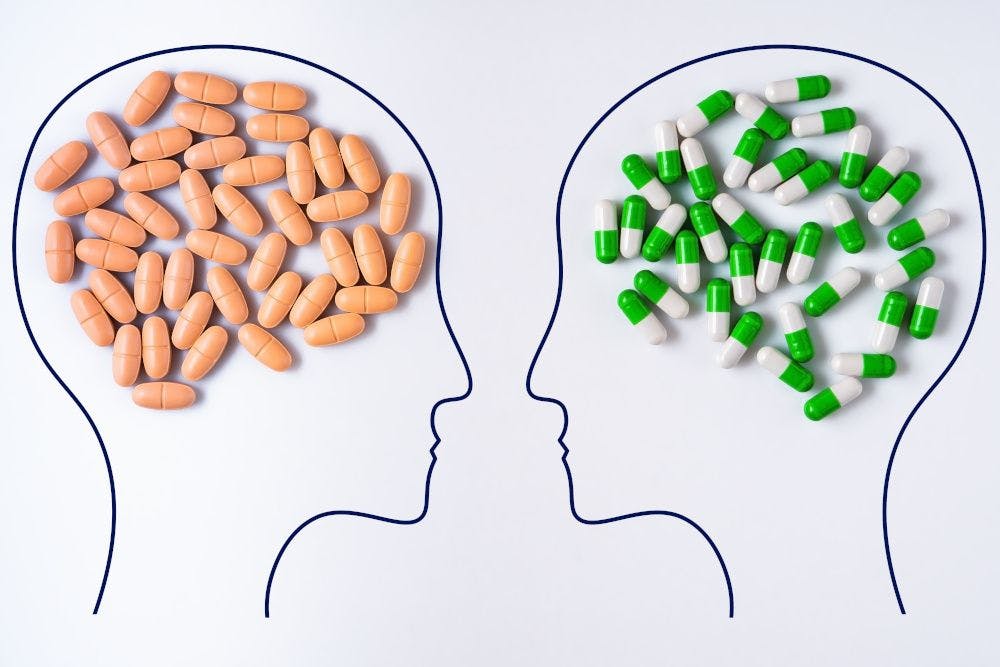Seed breeding for today’s foods and dietary supplements is an increasingly customer-focused experience
Seed breeding is a business that caters to its customers now more than ever before.
Small as they are, seeds and plantings play a big role in the success of finished health products. If chosen carefully and tended to properly, they ensure the integrity of finished health products—that what’s on the label is actually in the bottle. And the more efficiently they are grown, the more cost-effective they can be. By using traditional breeding methods with increasing sophistication, today’s farmers are catering their crops to high yields and other selective attributes.
Whether in need of a high-yielding, cheap food crop or a specialized botanical ingredient that’s very rich in a certain compound, seed breeding offers great possibilities within the limits of mother nature. It’s a business that caters to its customers now more than ever before.
Food Ingredients
Seed breeding programs are most commonly associated with staple food crops. The need to feed a growing world population inspires the public and private sector to develop new cultivars of existing crops that can produce more food on less land, be it plants with more edible seeds, fruits, leaves, and/or roots. Legumes and grains receive much attention because they are rich in vital protein. And one Israeli company is working to improve more than just the harvest yields of legumes and grains.
Equinom Ltd. (Givat Brenner, Israel) uses natural breeding methods and a unique computational breeding technology to make its seed breeding discoveries. “This enables us to improve multiple traits controlled by multiple genes,” says company founder and CEO Gil Shalev. “Our technology is the only technology that can do this. Other non-GMO companies do not use genome discoveries at all and, in most cases, the volume of the seeds for those markets are limited or using common technologies which were developed for improving single traits—namely yield.”
While Equinom’s efforts are producing soy beans, yellow peas, and similar products with competitive yields, they also promise higher amounts of protein than conventional alternatives and the ability to select seeds based on customer-specific needs, including texture, taste, and starch function. By considering these characteristics at the seed stage, Equinom is giving food companies the opportunity to select ingredients from an extensive bank of traits—whichever best appeals to product development needs.
Equinom’s unique breeding program is also targeting sesame. Having developed a sesame seed that’s resistant to shatter, the company is able to improve yields by reducing the amount of seed loss during harvest of these delicate seeds. An improved sesame seed, with its mild nutty flavor and hypoallergenic status, allows sesame to replace other legumes and grains like soy and wheat, both common allergens, in the flour, oil, and protein concentrate markets.
Other projects at Equinom center on less popular grains and beans, such as cowpeas, mung beans, and fava beans, and are tailored to local climates and cultural recipes.
Herbal Ingredients
Though traded at much lower volumes than foodstuffs, medicinal herbs are of great importance to the global dietary supplement industry and so receive their own significant research investments. Yields are important, but they can depend on which part of a plant is most needed by a customer. Since certain plant compounds can be concentrated more in one part of the plant than another (e.g., the roots vs. the leaves), breeding depends on what a customer wants.
Native Botanicals Inc. (Banner Elk, NC) is a supplier of botanical raw materials, and it relies on partnerships with farms to produce hundreds of plants that are uniquely catered to each customer. In consideration to mountain arnica, company president Edward Fletcher says that some of his customers just want arnica flowers. “So we pick out the plants that produce bigger and more flowers, and we propagate them,” says Fletcher. “We have them in one section of our fields, and we just harvest the flowers.” Other arnica plants may be selected for a combination of high foliage and flowers or a higher number of roots. Particular parts of arnica may be concentrated in certain active compounds for which companies want to standardize their products. And that goes for all other plants.
Horticulturally, farmers can stress plants to increase the production of their precious compounds outdoors and in greenhouses, but mother nature often has its limits. In some cases, plants grown in the wild may have constituent levels that can’t be easily duplicated in a cultivation setting. Wild harvesting may be necessary.
Climate Change
As the world’s climate changes, breeding projects are focused on plants that can adapt to warming climates and less water. Natural selection plays a part in this, as well. Agricultural practices need to change, and farmers are aware of this and making changes, such as irrigating more efficiently, which can benefit their own bottom-line finances.
Fletcher at Native Botanicals Inc. offers a good rule of thumb: try to adapt to where each species is native and how it best grows. Create a clear line of communication with farmers and natives who have been growing these plants for generations.
Best Practices
In order to procure the correct ingredients for any formulation, manufacturers should share their full specification sheets with ingredient suppliers and growers. When switching from one supplier to another, provide your new supplier with a raw material sample (if available) that best exemplifies your needs in cut size, color, and/or content. Share information on how previous suppliers may have failed to meet certain expectations. And don’t ignore post-harvest handling and storage factors. A satisfactory crop, farmed to specification, can be compromised in handling, shipping, and/or storage.

HHS announces restructuring plans to consolidate divisions and downsize workforce
Published: March 27th 2025 | Updated: March 27th 2025According to the announcement, the restructuring will save taxpayers $1.8 billion per year by reducing the workforce by 10,000 full-time employees and consolidating the department’s 28 divisions into 15 new divisions.























